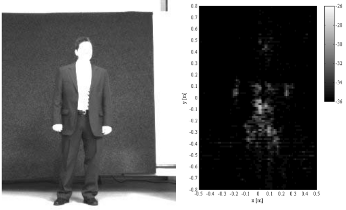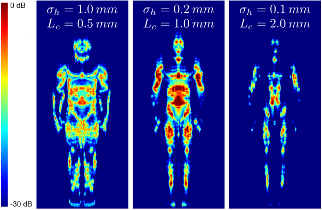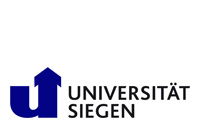C2 Sparse/Synthetic THz-Imaging for 3D-Tomography
Project Leaders
Prof. Dr.-Ing. Otmar Loffeld, Prof. Dr.-Ing. Peter Haring Bolívar
Initial Situation
Synthetic image reconstruction methods can solve central problems of THz-imaging, in particular the necessity for large lenses for imaging from large distances, the low depth of imaging systems, and the problems of tomographic analyses of internal structures under consideration of deflection. These basic problems, which direct imaging systems cannot cope with, can be solved by means of synthetic and/or tomographic imaging approaches. This is done at the expense of considerable additional numeric and technical effort. Because of the extreme numerical expense conventional systems are not able to realize 3D reconstructions in real time. Methods developed in other frequency ranges, as e.g. computertomographic reconstruction, are not directly transferable to the THz-frequency range, due to deflection limitations and diffusion. Thus, a simple adaption of existing methods is not sufficient and new technological approaches have to be found, from system development to the design of new reconstruction methods. Within the framework of the first project phase two systems for full 3D synthetic reconstruction could be realized, one rasterized system at 600 GHz and one system real-time construction at 100 GHz with a hybrid approach, i.e. with one imaging as well as one synthetic dimension. In this context first approaches for the modeling of diffusion on rough surfaces were developed.
Aims and Work Program
Since the rise of THz-technologies many potential forms of application have been demonstrated. The real implementation of these potentials, however, is impeded considerably by the inadequate level of development of existing THz imaging systems. A fundamental problem with this is caused by the spatial resolution: In a traditional imaging set the highest scanning of a scene attainable is defined by the relation of wave-length to the dimension of applied imaging optics. This causes impracticable optic-dimensions when used in typical THz application scenarios. It is therefore essential, to develop efficient synthetic imaging approaches, in order to facilitate high-resolution image reconstruction procedures without costly optics.
 |
 |
|
Photograph of a person; right: overlay of four views of the 3D-THz volume |
Influence of simulated coarseness for the image quality |




